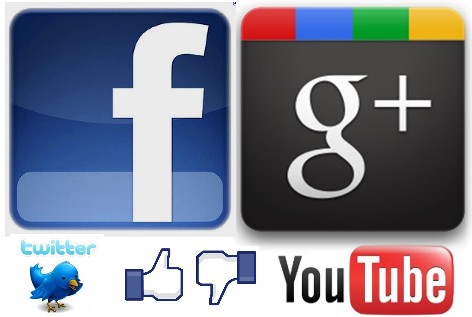|
HOME
Technology Dec 2011 Social net cast wider Media platforms playing off |
|
“Within
three days of the launch of Google Plus, Facebook – now with more than
800 million members – announced the biggest make-over since its launch
in 2004.” Internet use is moving from dedicated spaces in the home to take-away value on smartphones and mobile devices and increasingly driven by the social networking phenomenon, The trend is toward instant access, always-on connections to check facts, keep informed, book tickets, shop, pay bills, maintain links with a growing circle of ‘friends’ across multiple screens.
InternetNZ claims up there are
3.66 million
internet connections in New Zealand, including 1.9 million
internet-enabled mobile phones. The numbers don’t include laptop data
dongles or state how many remain on dial-up, but confirm we’re a very
connected and mobile nation.
Digital world analyst comScore, reckons in the average month New Zealand internet users spend more than 18 hours on the web, perform 121 searches, watch 86 online videos, and visit Facebook around 26 times. In its May 2011
Media Metrix survey comScore says social networking is the leading
internet activity, accounting for one in every five minutes Kiwis spent
online, or 21
percent of online minutes. We have a strong propensity to connect with others through the internet and to access content and information, with females spending more time on social media sites (5.4 hours a month) than males (3.7 hours). Mobile Facebook Earlier this year Facebook passed Google as the most visited website in the US, however, when taking into account Google owned YouTube and Gmail, it still had the edge. The third most visited site is Yahoo Social networking sites including Bebo and MySpace became virtual ghost towns when they stalled on new features, failed to keep spam levels down or curb the defection to Facebook. Regardless, social media options are on rise. Google Plus launched in June, becoming the fastest growing website in the world achieving 25 million members in three months. By October it had 41 million with 3.4 billion photos shared and was continuing to innovate with Google apps. Within three days of the launch of Google Plus, Facebook – now with more than 800 million members – announced the biggest make-over since its launch in 2004. It redesigned its
interface, upgraded its application platform for easier gaming and media
offerings, and streamlined access to older information. As a consequence, activity on Google Plus slowed and many of the curious who flocked there appear to be looking to find a reason to stay. One suggestion is people are already struggling to manage their existing on-line presence without duplicating their profile and friends elsewhere. However
social networking is really only just gathering momentum as a critical
mass platform for the future. |
